Each of us has a fully rounded and unique personality. It’s what determines our traits, quirks, sense of humor, and how we react to challenges. But when it comes to creating characters, imbuing them with complexity is easier said than done. That’s where the Big 5 Personality Traits, also known as the Five-Factor Model (FFM), comes in.
A widely accepted framework for describing and evaluating personality traits, it’s a bit more open-ended than other models that provide distinct personality “types,” such as Myers-Briggs, and many psychologists prefer it for this reason. As it happens, so do many writers. In this article, you’ll learn how to use the Big 5 Personality Traits to develop fictional characters who feel real.
What are the Big 5 Personality Traits?
The Big 5 Personality Traits Character Template is based on the popular theory held by many psychologists, which emerged in the 1960’s and 70’s, that the differences in people’s personalities can be broken into five major traits:
Openness to Experience
A basic personality trait that determines how receptive a person is to new ideas and experiences. Those with a high degree of openness are usually curious, love novelty, and often enjoy being surprised.
People with a low degree of openness tend to prefer familiarity and a predictable routine. They can be perceived as being closed-minded, though this is often not the case.
Conscientiousness
This trait often determines how organized, hard-working, and reliable a person may be. The more conscientious a person is, the more likely they are to set and achieve goals, make plans and follow schedules, deliberate over decisions, and take their responsibilities seriously.
This trait is a major predictor of health, wellbeing, and longevity.
Extroversion
People who are high-energy in the company of others, talkative, and outgoing, are usually described as extroverts. They seem to draw energy by being around other people and may feel bored or anxious if forced to spend too much time alone.
On the opposite end of the scale is an introvert. This is a person who draws energy from being alone and may feel overwhelmed by an extrovert’s energy and enthusiasm. (Any authors recognizing themselves here?)
Agreeableness
An agreeable person tends to be easy to get along with. Looking for harmony instead of discord, they are often cooperative, polite, kind, and friendly. They’re usually particularly empathetic and the first to come to the aid of others. (In other words, highly agreeable people are the ones you want as your friends.)
People who are low in this trait tend to be callous and competitive, may have little patience, and are quick to become irritated when things don’t go their way.
Neuroticism
This trait is defined by a tendency toward anxiety, negativity, and self-doubt. The higher a person is on the neuroticism scale, the more likely they are to worry about things, become easily disturbed, suffer from depression or mood disorders, and, in severe cases, exhibit some paranoia.
If you’re curious to see where you fall on the scales, or just want to take a deeper dive into the human psyche, take a free Big 5 test here.
5 Ways Authors Can Use the Big 5 Personality Traits
Writers are always admonished to “show don’t tell.” We show readers complex and well-rounded characters — without expressly mentioning the traits and attributes they possess — by creating scenes that allow readers to get to know our characters through their words and actions.
Paying close attention to core personality traits can help guide youin this endeavor. Here are five ways you can use the Big Five Personality Traits to develop compelling characters:
Determine Your Character’s Dominant Traits
Give your character one or two dominant traits from the Big Five and consider how they influence their behavior, thoughts, and interactions with others in your story.
For example, a character with high openness may be imaginative, while a highly conscientious character might be organized and goal-oriented.
Explore Trait Interactions
Think about how the character’s dominant traits interact with each other, as traits can complement or conflict with one another, leading to interesting character dynamics. For instance, a character high in openness and low in conscientiousness may have creative ideas but struggle with discipline and organization.
Use traits to drive behavior and decision-making
Personality traits influence how characters respond to situations and make choices. Consider how each trait would impact the character’s goals, motivations, and conflicts. This will help create consistent and realistic character behavior.
Maintain character consistency
Once you’ve established a character’s traits, ensure that their behaviors and decisions align with those traits throughout the story. Consistency helps readers connect with the character and enhances their believability.
Avoid stereotypes
Remember that real people are complex, and the same applies to well-developed characters. Avoid reducing characters to stereotypes solely based on the Big Five traits. Use the framework as a starting point but delve deeper into their background, values, and experiences to create fully fleshed-out characters.
While these tips are relevant in all genres, they’re absolutely essential when writing character-driven stories (e.g. imagine a mystery series with a particularly idiosyncratic lead detective).
Using Plottr’s Big 5 Personality Trait Character Template for Writers
How do the Big 5 traits fit into Plottr? Well, the software comes with an easy-to-use character template, along with a series of prompts, to help you fill in the details of your characters based on this personality test.
Let’s take a look at the template before we consider a few examples from popular literature:

- Openness: The degree to which they are creative, curious, and eager to learn or experience life (e.g. high or low)
- Conscientiousness: The degree to which they are thoughtful, organized, detail-oriented, or goal-directed (e.g. high or low)
- Extroversion: The degree to which they are talkative, assertive, expressive, or thrive in social situations (e.g. high or low)
- Agreeableness: The degree to which they are trustworthy, kind, altruistic, helpful, or empathetic (e.g. high or low)
- Neuroticism: The degree to which they are sad, moody, anxious, irritable, or emotionally unstable (e.g. high or low)
Using this framework, you can easily enter details about your characters into Plottr to track how they manifest these traits within your books and series.
Examples of the Big 5 Personality Traits in Popular Literature
No matter which genre you write, the Big 5 Personality Trait Character Template provides a useful framework for developing characters with the necessary attributes, quirks, and strengths (or weaknesses) to fit your story.
If you’re penning a thriller, you may want a hero similar to Lee Child’s famous Jack Reacher — a smart, brazen, invincible, and highly conscientious lead character. Or maybe your quiet, literary novel calls for a heroine like Elena Gilbert from The Vampire Diaries. A gentle, highly agreeable introvert who really has no idea how much inner strength she possesses until she’s forced to act.
Here are a few examples of memorable characters across the spectrum of the Big Five:
Openness
Have you watched the original Star Wars saga recently? If so, you’ve got a great duo there to highlight the spectrum of this trait for you: R2-D2, who is always up for adventure and tagging along with friends, versus C3PO, who much prefers to stick to what’s safe and familiar.
Conscientiousness
Few characters come to mind who are more conscientious than Samwise Gamgee of the Lord of the Rings series. He’s always thinking carefully and compassionately, and committed to his responsibilities (to himself and others), before taking action. Gollum, though? He’s definitely not like that.
Extroversion
Think of the contrast between Frozen‘s Anna and her sister, Elsa. Anna is extroverted, bubbly, social, and chatty. Elsa, who is much more introverted, thrives when given her own space.
Agreeableness
Marge Simpson, that exemplar of motherly patience and tolerance, is a highly agreeable character who always aims to please and support her loved ones. Homer Simpson, on the other hand, has little patience for debate and likes to make his own way when faced with any opposition.
Neuroticism
In Nathaniel Hawthorne’s The Scarlet Letter, Hester Prynne exudes steadiness and a calm demeanor, despite her predicament, showing very little neuroticism. Reverend Arthur Dimmesdale, on the other hand, is quite consumed by anxiety (specifically, a fear of what others will think) at many points in the classic story.
Just remember: no matter the trait, your characters will come across as far more authentic and credible if your readers see them demonstrate that behavior in a multitude of ways throughout the story (and not just by having you say that’s how they are).
How to Use Plottr’s Big 5 Personality Traits Character Template
If you’re ready to get started using the Big 5 Personality Traits Character Template, first you’ll need to purchase Plottr or sign up for a free trial.
Once you have Plottr set up on your computer, follow these five steps to add the Big 5 Template to your character:
- Step 1: Open Plottr and start a new project (or open an existing one).

- Step 2: Once the project is open, navigate to the Characters tab and click the + button to create a new character (or edit an existing one), then click +Add Template
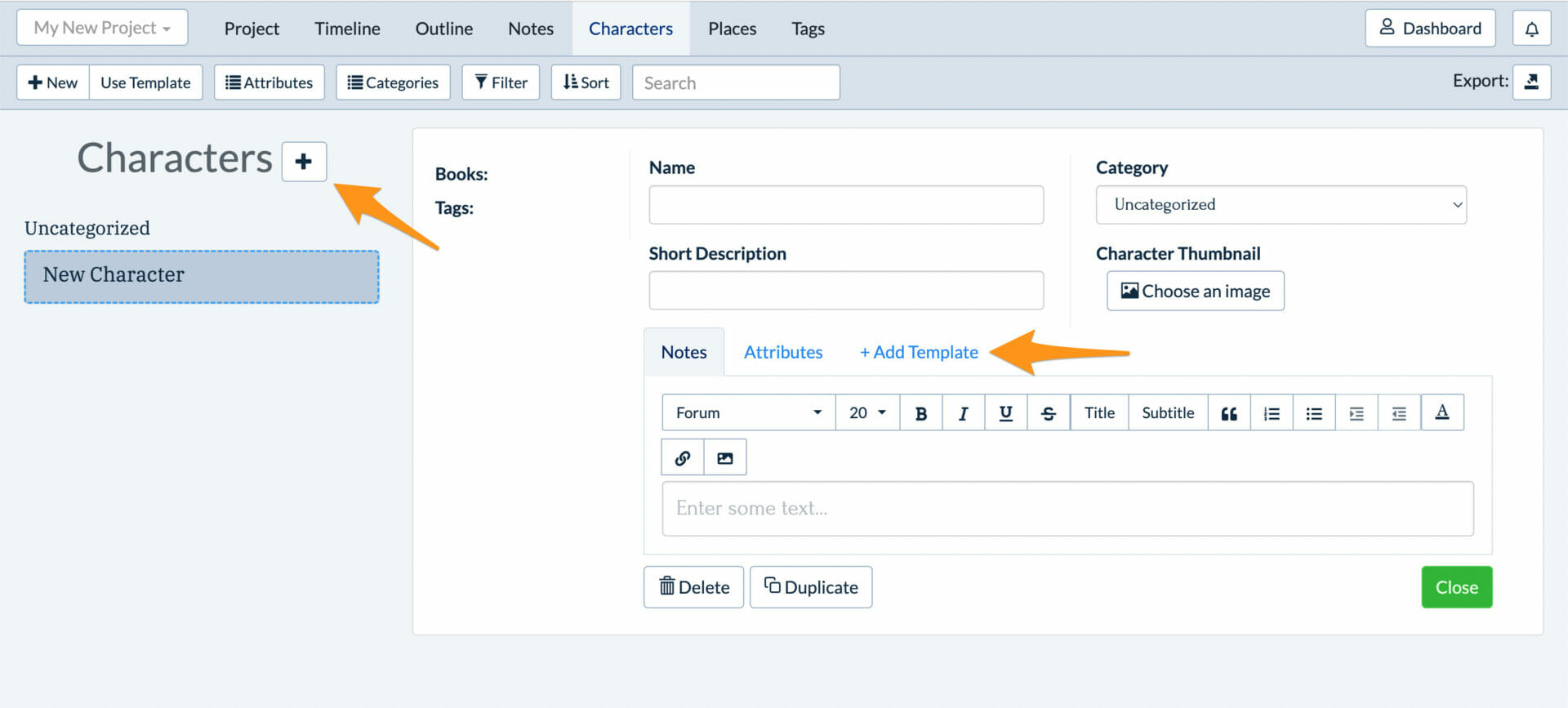
- Step 3: Select Big 5 Personality Traits from the list of character templates and click Choose to add it to your character’s profile
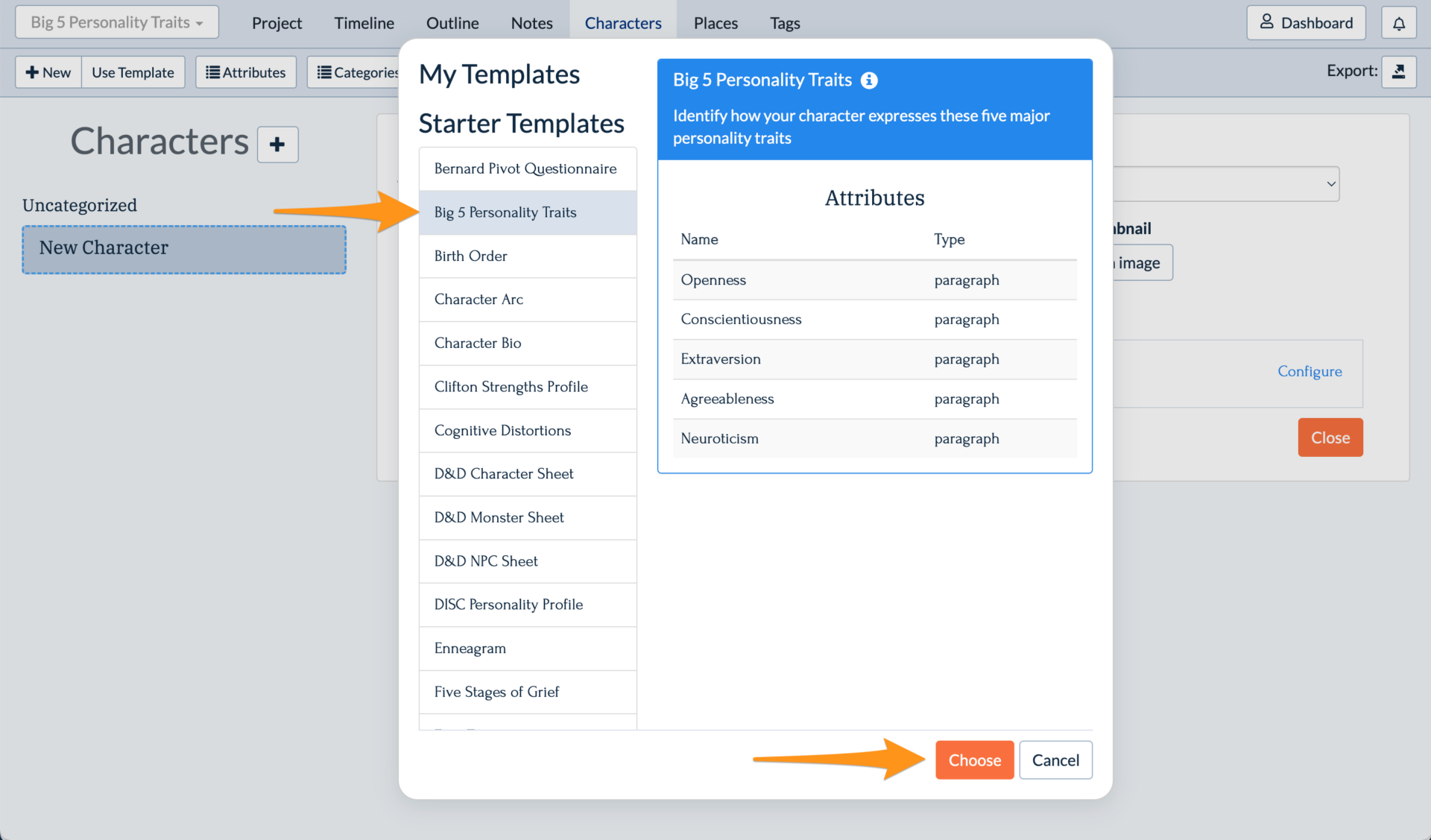
- Step 4: Click the Choose button to add the template to the character.
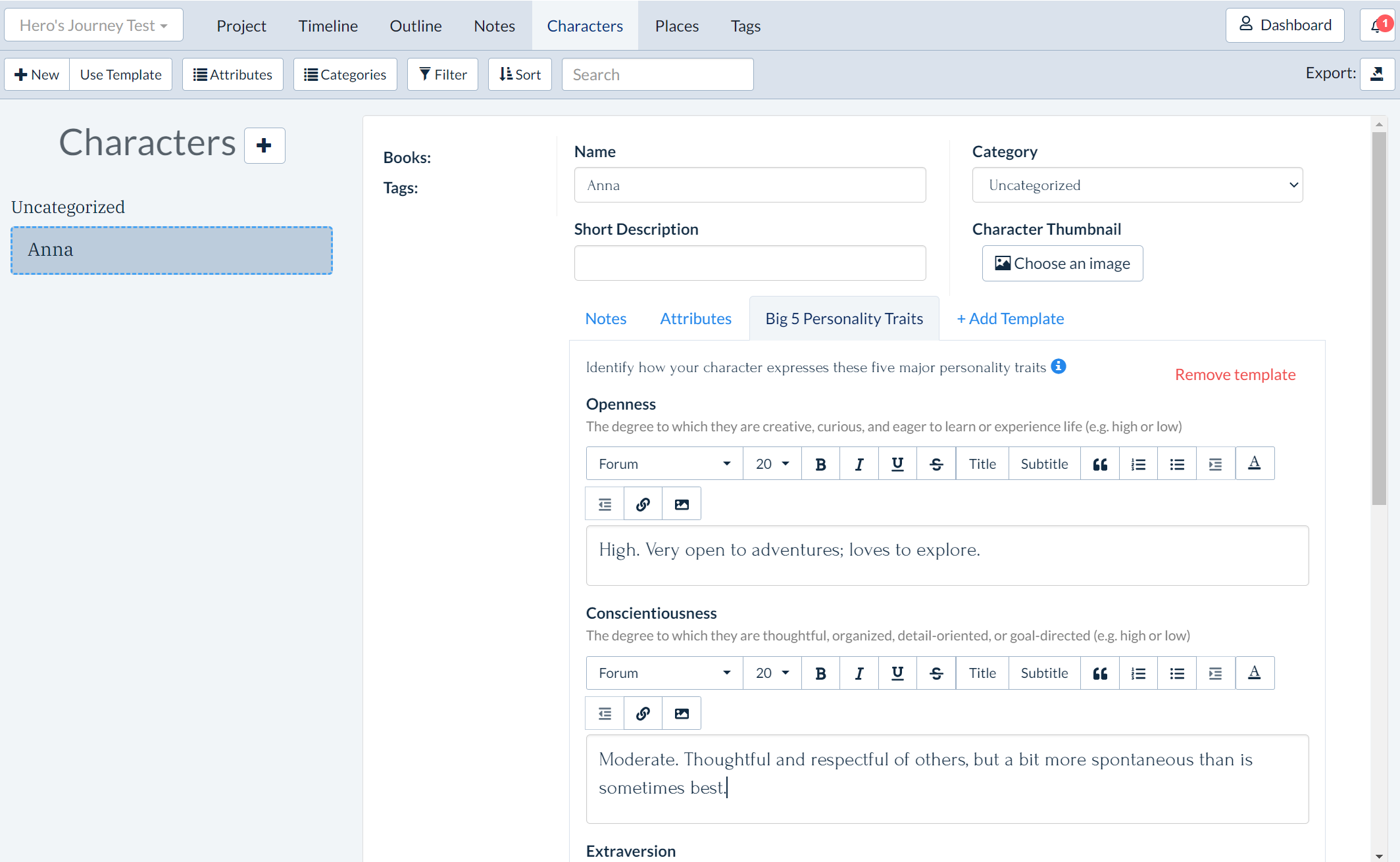
- Step 5: Start filling in details of your new character template!
And there you go! You’re all ready to discover what really makes your characters tick.
Start Building Big Personalities
Ready to jump in? You can use the Big 5 Personality Traits character template as soon as you’re set up with a free trial or Plottr subscription.
Your characters will come to life quickly once you start brainstorming, for example, how their neuroticism (and other traits) will shine during the most important scenes of your novel.
Looking to add even more depth? The Big 5 template will also pair well with these character templates in Plottr:
Happy writing! As you tinker around with this and other templates in Plottr, we’d love to hear from you. Just drop your thoughts in the comments below or join our Facebook group to start a conversation!

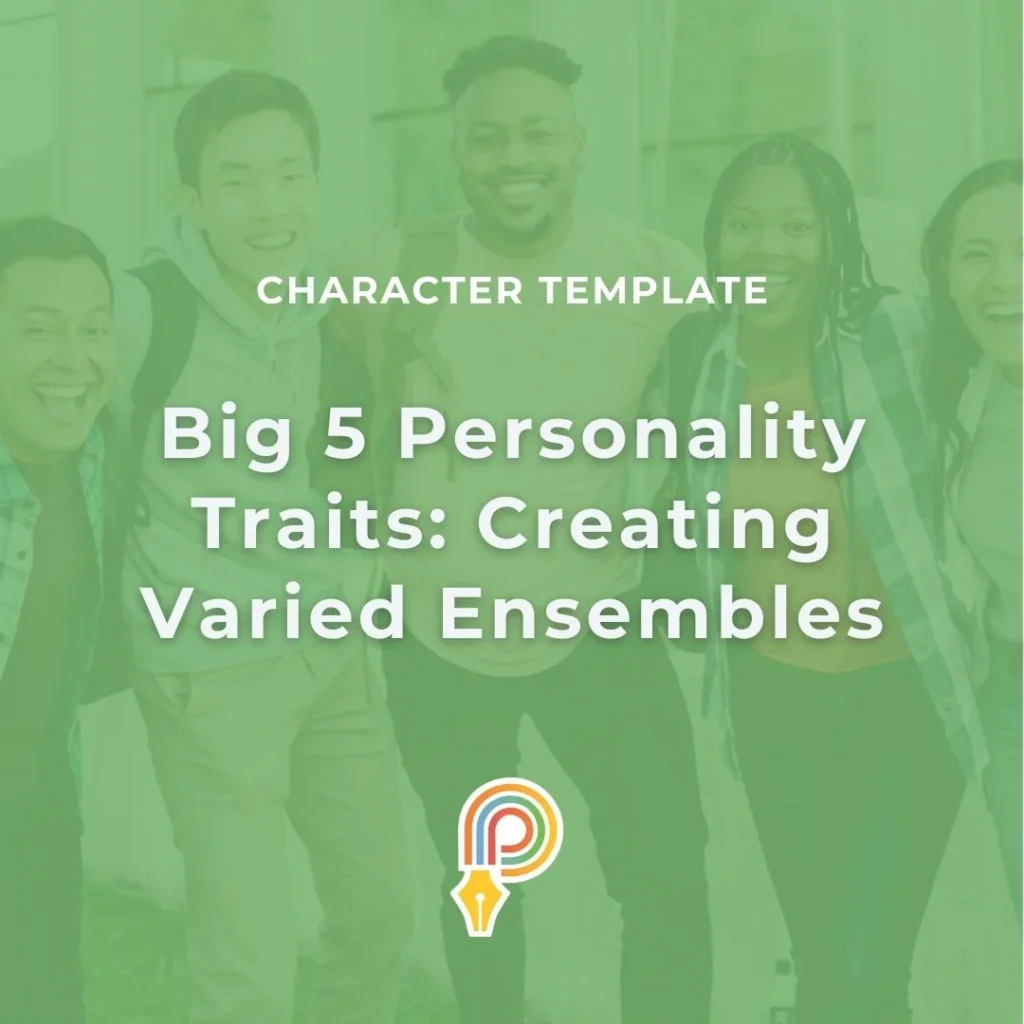

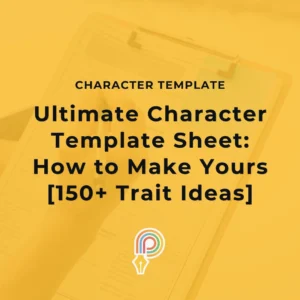


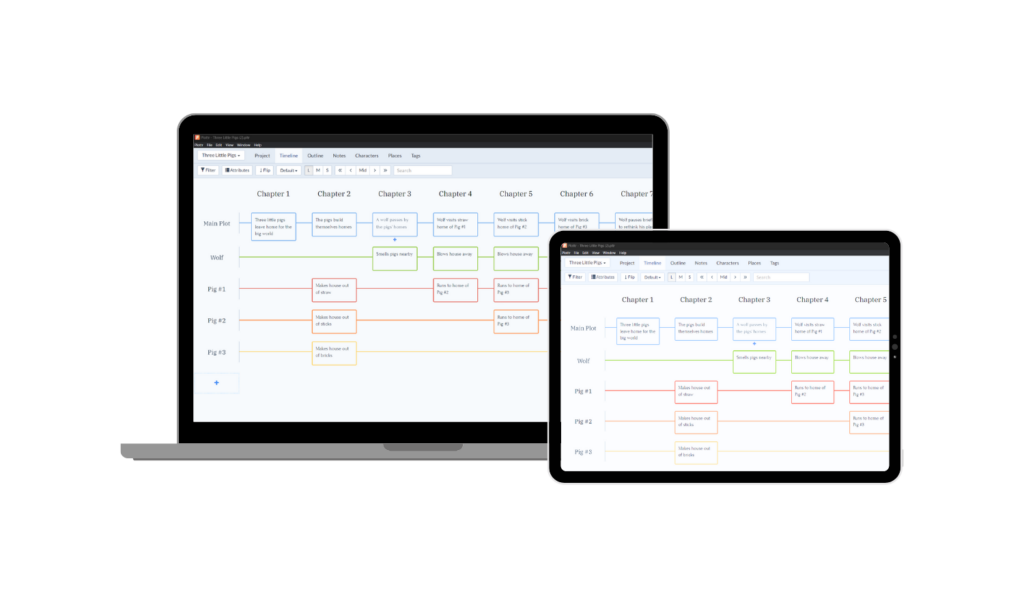
Comments